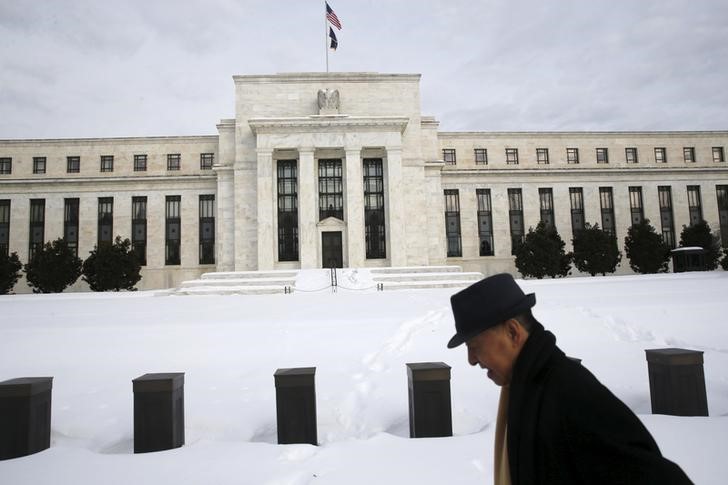Street Calls of the Week
(Bloomberg) -- If history is any guide, Jerome Powell’s first years as Federal Reserve chairman could be accompanied by slower economic growth, according to new analysis from the central bank.
Of the seven Fed transitions since World War II, five were accompanied by slower growth in the three years following the appointment than the period before the change, according to an analysis released Monday by the St. Louis Fed. For the four most recent Fed leaders, the annualized GDP growth four years after transitions was 1.9 percentage points lower.
When looking at a new Fed chief’s first year in office, the economy grew on average about 0.6 percentage point more slowly than during the year preceding the transition. Most of that slowdown can be attributed to large declines following the appointments of William Martin, Paul Volcker and Ben Bernanke. The report also notes that the economy grew faster in the first year after Arthur Burns, G. William Miller, Alan Greenspan and Janet Yellen were appointed.
“The historical pattern shown here might be merely a coincidence,” William Emmons, an economist at the St. Louis Fed, wrote in a post. “Another possibility is that it might reflect heightened uncertainty in financial markets and the economy as Fed leadership changes.”
